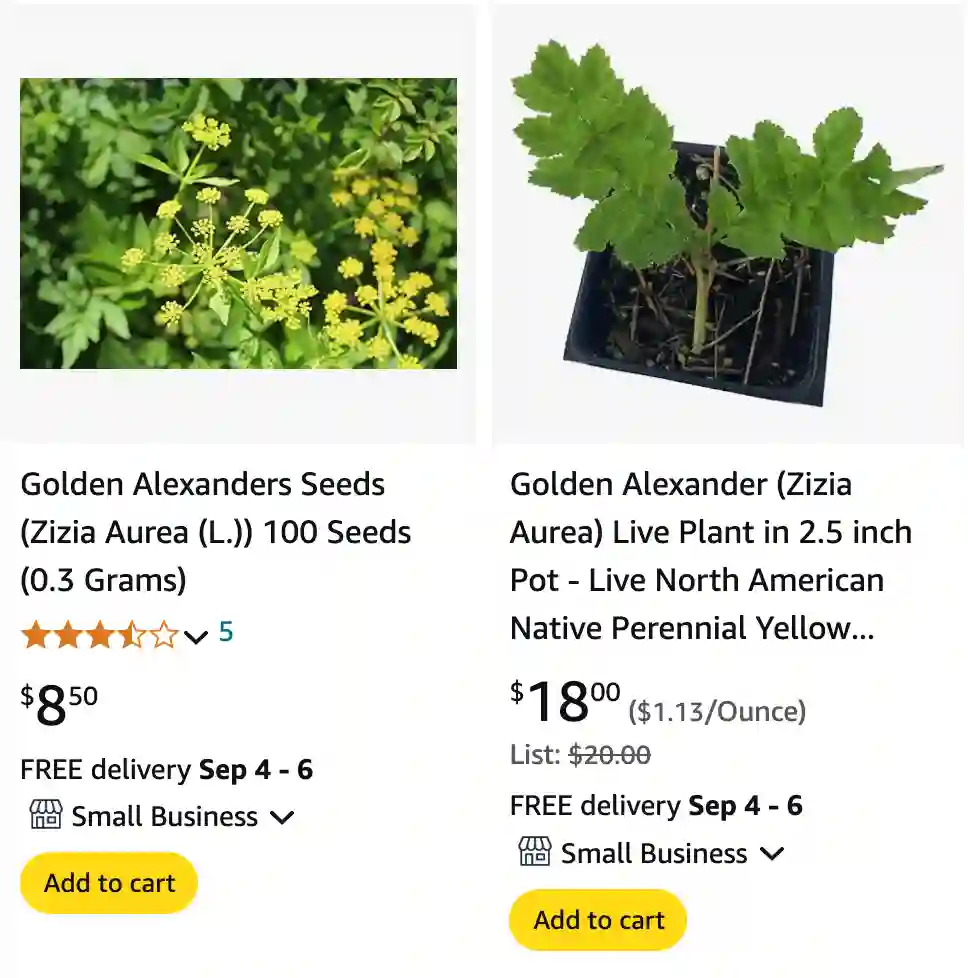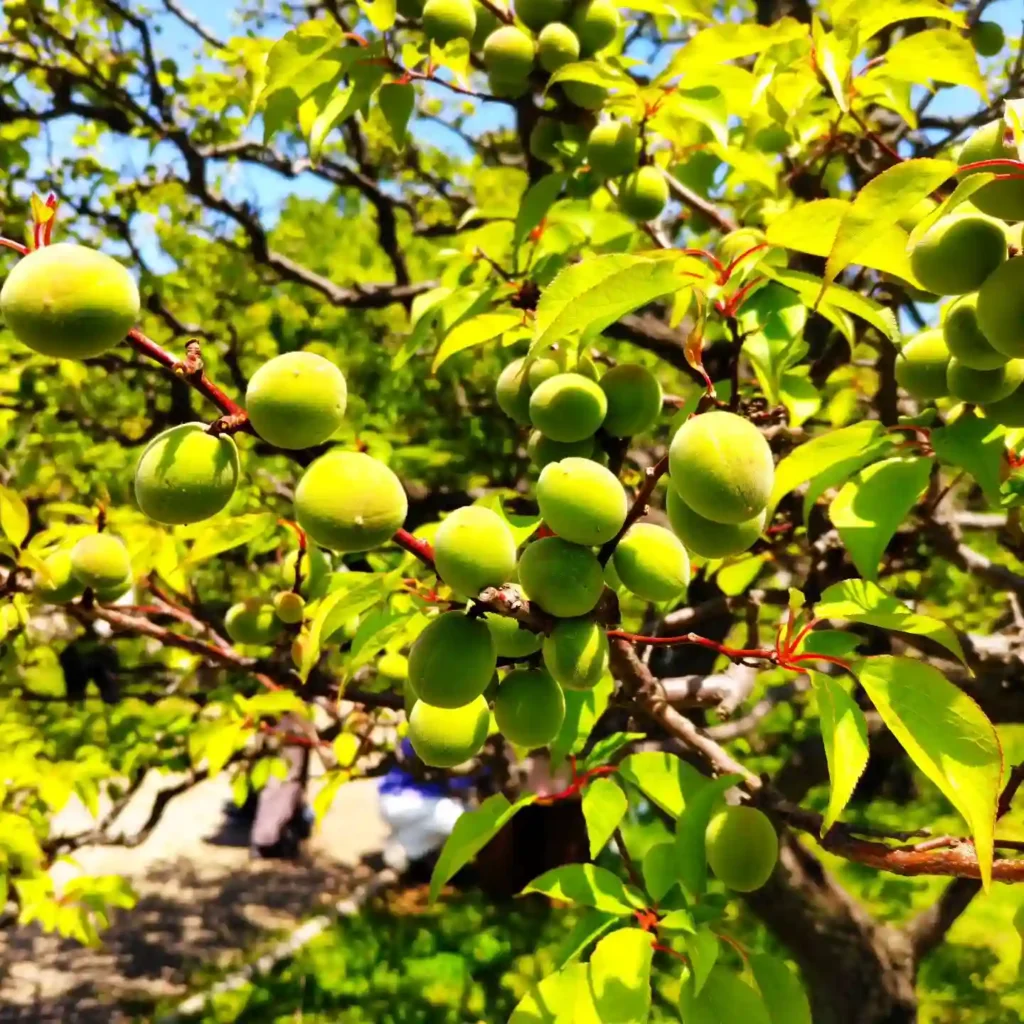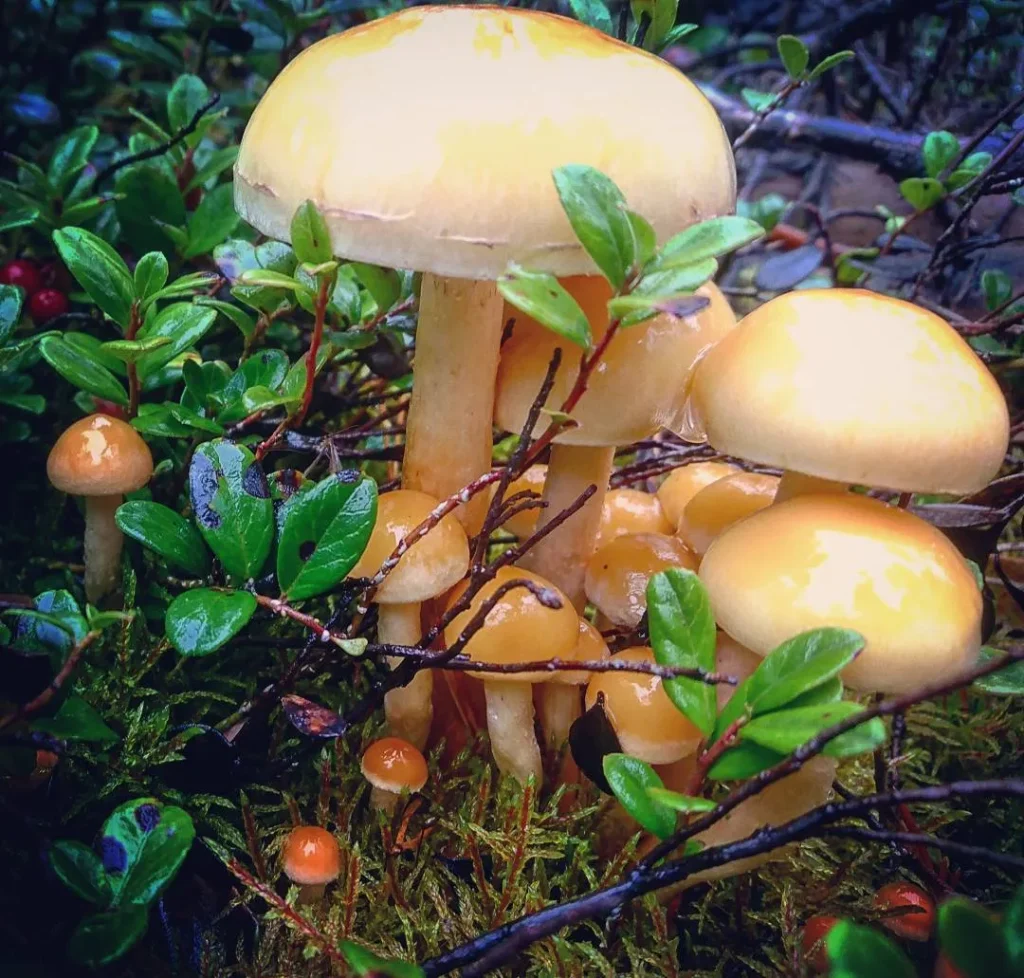
Zizia Aurea: FAQs and Everything You Need to Know
When I first encountered Zizia Aurea, I was instantly drawn to its vibrant yellow blooms and its reputation as a native wildflower. Over time, I’ve gathered a lot of information about this charming plant, and I’m excited to share answers to some frequently asked questions about it.
3 Species in Genus Zizia
What Is Zizia Aurea?
Zizia Aurea, commonly known as Golden Alexander, is a perennial plant native to North America. It belongs to the Apiaceae family, which also includes carrots and parsley. This plant is known for its bright yellow, umbrella-like clusters of flowers that appear in late spring and early summer. It’s a favorite among pollinators, attracting bees and butterflies to its sunny blooms.
Zizia Aurea vs Zizia Aptera
One common point of confusion is distinguishing Zizia Aurea from Zizia Aptera, also known as Heartleaf Alexander. Both plants are part of the same genus, but they have distinct characteristics.
Zizia Aurea typically has more rounded leaves and produces clusters of small, yellow flowers that are more densely packed. On the other hand, Zizia Aptera has heart-shaped leaves and its flower clusters are more spread out. While both are visually appealing and beneficial to pollinators, Zizia Aurea is generally more robust and easier to grow in a variety of conditions.
How to Care for Zizia Aurea?
Caring for Zizia Aurea is relatively straightforward. It thrives in full sun to partial shade and prefers well-drained soil. The plant is quite tolerant of various soil types but performs best in moist, sandy, or loamy soils. Regular watering helps maintain its vibrant appearance, especially during dry spells.
One important tip is to avoid overwatering, as soggy soil can lead to root rot. If you notice the plant becoming leggy or weak, it might need more sunlight or a bit of extra space to grow. Pruning back spent flowers can encourage new blooms and a tidier appearance.
How to Propagate Zizia Aurea?
Propagating Zizia Aurea can be done through seed or division. If you’re using seeds, plant them in the fall or early spring. The seeds benefit from a period of cold stratification, so keeping them in the refrigerator for a few weeks before planting can improve germination rates.
For division, dig up the plant in early spring or fall and separate the root clumps. Replant the divisions in a well-prepared bed. This method is effective for spreading the plant and ensuring new growth.
What to Plant With Zizia Aurea?
Zizia Aurea pairs well with a variety of other native plants. Some great companions include:
- Echinacea: The coneflower complements the golden hues of Zizia Aurea and attracts additional pollinators.
- Rudbeckia: Black-eyed Susans add a splash of color and thrive in similar conditions.
- Coreopsis: The bright, cheerful blooms of Coreopsis can create a stunning contrast with the yellow of Zizia Aurea.
These plants not only enhance the visual appeal of your garden but also help support a healthy ecosystem for local wildlife.
Can You Grow Zizia Aurea Indoors?
Growing Zizia Aurea indoors is challenging but possible with the right conditions. The plant requires a lot of light, so a south-facing window or grow lights are essential. It also needs adequate space, as it can grow quite large. Indoor humidity levels should be monitored to mimic the plant’s natural outdoor conditions. However, if you’re looking for a more manageable indoor plant, you might want to consider smaller species or those better suited for indoor environments.
Is Zizia Aurea Toxic?
Good news: Zizia Aurea is not considered toxic to humans or pets. It’s a safe choice for gardens where children or animals play. However, as with any plant, it’s a good idea to prevent pets from chewing on it to avoid any potential digestive issues.
Benefits of Zizia Aurea
Zizia Aurea offers several benefits for gardeners and the environment. It’s an excellent plant for attracting pollinators, which helps support local bee and butterfly populations. Additionally, it’s a low-maintenance plant that can thrive in various soil types, making it a versatile choice for different garden settings. Its bright yellow flowers provide a splash of color and can be a focal point in your garden.
Common Problems with Zizia Aurea
Despite its hardy nature, Zizia Aurea can face a few issues. The most common problems include:
- Powdery Mildew: This fungal disease can appear as a white powdery substance on leaves. Ensuring good air circulation and avoiding overhead watering can help prevent this issue.
- Leaf Spot: Dark spots on leaves might indicate fungal infections. Removing affected leaves and using a fungicide can help manage this problem.
Compare with Other Similar Plants
If you’re considering alternatives to Zizia Aurea, you might look at plants like:
- Asclepias Tuberosa (Butterfly Weed): Known for its bright orange flowers, it’s another excellent choice for attracting pollinators.
- Helenium Autumnale (Sneezeweed): This plant offers a similar bright color and is also great for supporting bees and butterflies.
In summary, Zizia Aurea is a fantastic choice for anyone looking to brighten up their garden with native, low-maintenance plants. Its ability to attract pollinators and its compatibility with other garden favorites make it a versatile and valuable addition to any outdoor space.
If i die, water my plants!



